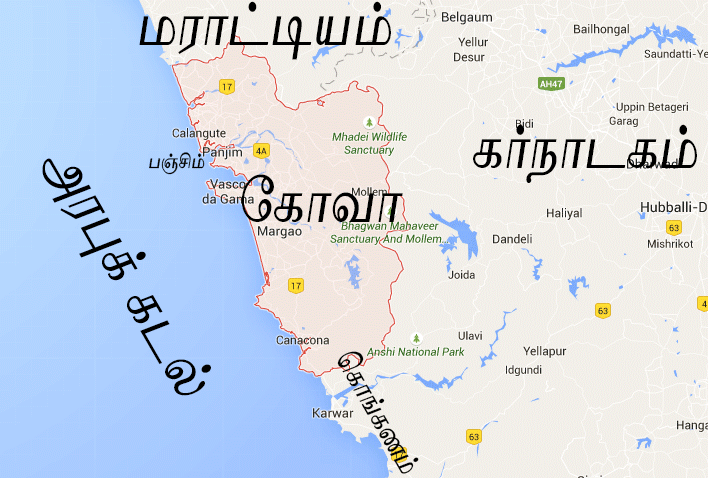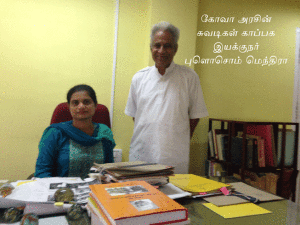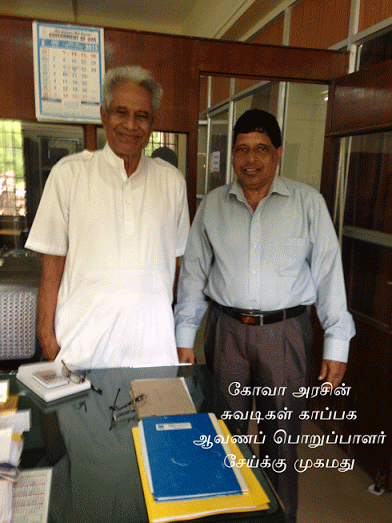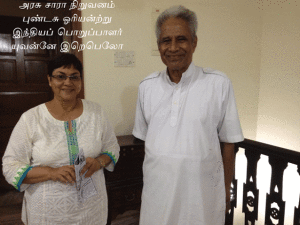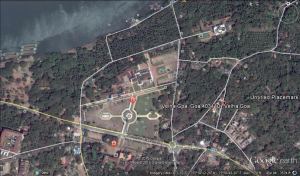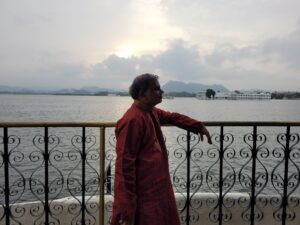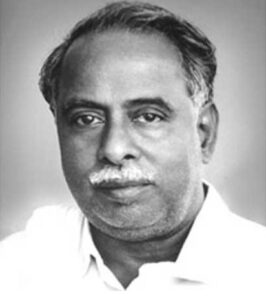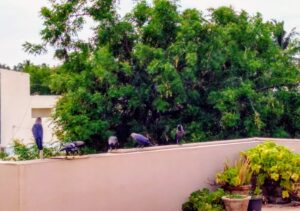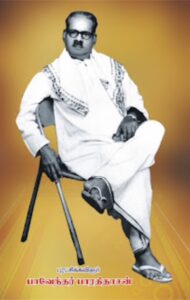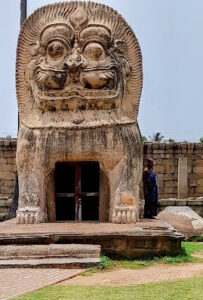JAFFNA HINDU KING SANKILI AND GOA
JAFFNA HINDU KING SANKILI AND GOA
BY
Maravanpulavu K. Sachithananthan
I am in Goa.
Nostalgic memories of King Sankili of Jaffna plagued my mind.
During 1977, I was initiated by Prof. Dr. Pathmanathan’s (now Chancellor University of Jaffna) narrations into the Kingdom of Jaffna.
Mr. M. Tiruchelvam had earlier asked Prof. Dr. Pathmanathan to educate me on the fall of the Kingdom of Jaffna and the transfer of Tamil sovereignty to the Portuguese, to facilitate the Tamil translation of his arguments on Tamil sovereignty at the Trial at Bar (1976).
Sitting at the dining table of my newly built house at Edmonton Road, Kiriloppone, Colombo, I was tape-recording his lecture series. Prof. Dr. Pathmanathan was amazed. He told me that it was the first time someone was recording his lectures.
Even though it was a series of lectures, I was experiencing a movie. Scene after scene, event after event (sea travel from Poonakary, war at Nallur, departure from Kayts), characters after characters (Kunj Ali, Ragunatha Nayakar, Varunakulathathan, De Livera, Kaakkai Vanniayan) with King Sankili as the hero or the main player, I visualized every scene. These scenes, events and characters got locked into my memory to this day.
I was in tears, when Prof. Dr. Pathmanathan told me about the sordid finale, when Sankili was caught alive, transferred from Nallur to Kayts with his family and retinue, to be taken to Goa by Captain De Livera. Sankili was put to the gallows in Goa, Prof. Dr. Pathmanathan said.
I am in Goa for a Hindu Awakening Conference (11th to 18th June, 2015) attended by Hindu Stalwarts from 19 states in India along with delegates from Bangladesh, Nepal. I represented Eezham.
When I spoke on the 14th evening to this august audience of 400 delegates, I mentioned about the lost Hindu Kingdom of Eezham whose King was arrested on 1619 June 5th to be brought to Goa to be sent to the gallows.
For many it was news. Many Goan Hindus became inquisitive. We decided to explore Goan archeological sites to learn more. The organizers facilitated me with a car and a guide Mr. Amith Pokre (0091 9404956275, dsppanaji@gmail.com) a very inquisitive, vibrant, tireless worker and journalist. He is familiar with places and useful contacts, knowledgeable in Konkani (mother tongue), Marathi and English.
I went to the Goan state archives, met the Director Ms. Blossom Mendira and documents in charge, Mr. Sheik Mohamed. I do not know Portuguese language. That was a major impediment. A publication of the list of documents in the archives was made available (Roteiro dos Arquivos da India Portuguesa by Panduronga S S Pissurlencar, 1955). I bought two copies.
I went to the library. Titles on Ceylon were mostly by authors from Sri Lanka. An 1836 publication (Ceylon, Pearl of the East by Harry Williams) related the conquest of Jaffna by Portuguese in 1560.
I met the Chairperson of the Goa Heritage Action Group, Mr. Prajal Sakhardande (Department of History, Dimpe College) and his wife Ms. Anju. They are friends of my guide Mr. Amirth Pokre. Prajal is a very lively person. His interest in Goan heritage is immense. He had researched on the remains of two queens from Portugal. My information on King Sankili was news to him. He directed me to the three possible places where King Sankili would have been put to death. 1. Pillar Kathkaro; 2. Archbishop’s prison or Aljuvar (on the banks of River Medowi; 3. Goraksamutt gallows up in the hill (now) inside thick woods. He told me it the period of Inquisition in Goa and the possibility of burial in a grave for heretics like King Sankili was remote. He suggested that I visit the 3 places and talk to experts in the Archeological Department of India.
My guide Mr. Amirth Pokre had a friend, (Mr. Ambekar) in the Archeological Department. To avoid problems, we went through the Director and met Mr. Ambekar. He gave me a copy of an archival map on Old Goa, directed me to the Archbishop’s Prison (Aljuvar). It was destroyed during 1778 he said. He also suggested that I meet 1. Mr. Percival Noronha, the 92 year old veteran in Goan archeology and history; 2. Mr. Sanjeev V. Sardesai, the informative young man (Hands on Historians: Goa).
The wharf on the river Madovi, the transit prison area, the ammunition dump area, a water hole, all were in shambles. The old wharf is now a pier ferrying cars and passengers across the river. This wharf was the major landing area for Old Goa. There were no other. This wharf could have been the most possible landing point for King Sankili and his retinue in 1619.
They could have been kept in the transit prison alongside the ammunition dump, if they had by the time neither surrendered nor converted to Christianity nor sought pardon.
My guide Mr. Amirth Pokre, the driver and myself gave ourselves a sumptuous vegetarian meal in the most popular vegetarian eat out in Panjim, before heading for an appointment with Mr. Percival Noronha, the 92 year old veteran in Goan archeology and history at 1600 hrs.
All what I said was news to Mr. Percival Noronha. Sharp in intellect, vivid in his memories, fluent in history and archeology, he told me with modesty that had not heard about this aspect of Goan history. He brought a title on Sri Lanka authored by Tikka, (National Book Trust publication), which had the lines that Cinkam, a king of Jaffna was killed by the Portuguese and the Kingdom was conquered in 1590 or so. Mr. Percival Noronha also mentioned of his friendship with a family in Jaffna.
We proceeded to meet Mr. Sanjeev V. Sardesai, Chief Promoter. Hands on Historians: Goa. He told me that he had not heard about the King of Jaffna being brought to Goa. Also he said that the Archbishop’s prison was only a transit point and main prison, a 3 storyed structure with more than 200 rooms now lie buried in sand opposite the present office of the Archeological Department. He said that the Goan archives mainly stored thombus (land deeds) and christening details. Most of the material on Sri Lanka is available in the museums in Portugal. I mentioned to him that I have heard about the burning of the Lisbon museum, he said that many other museums had duplicates. He directed me to Fundacao Oriente, near the house of Mr. Percival Noronha. Fundacao Oriente, he said, is an NGO helps researchers with copies of archival material from the museums of Portugal, and provides translations of such material to researchers. He also said that most archival material is in Old Portuguese, reading of which is limited to a few scholars in Portugal.
We rushed to Fundacao Oriente. We were received cordially by Ms Yvonne Rebello, Delegate for India. She promised full support in providing details on the subject.


